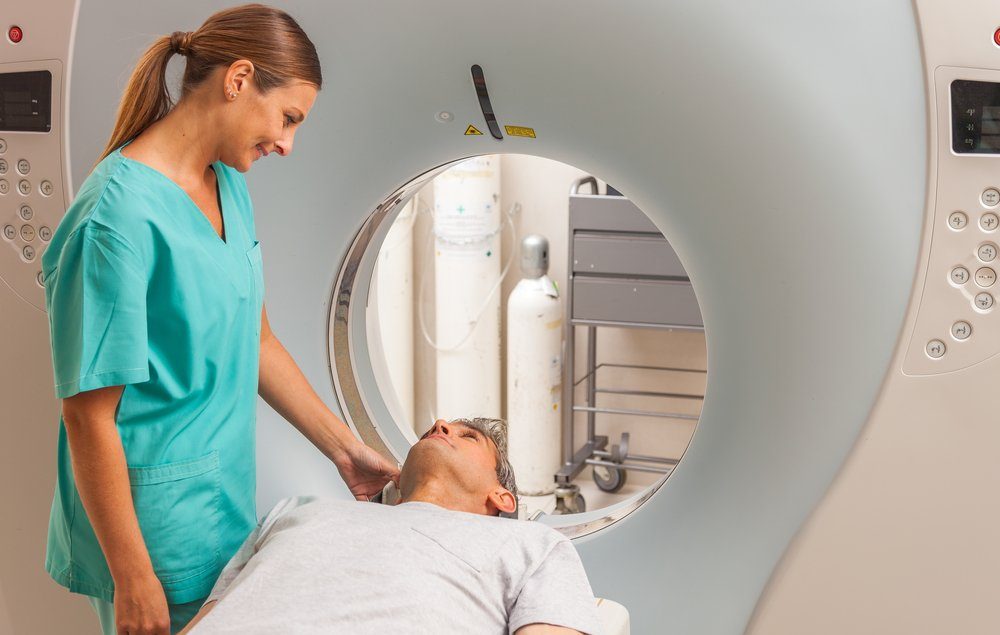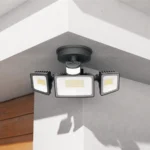There are millions of people all over the world who suffer from epilepsy, which is a neurological condition that is characterized by recurring seizures. Epilepsy is a disorder that continues to be veiled in misunderstandings and doubts, despite the fact that it is quite common. Accurately diagnosing epilepsy is one of the most significant obstacles that must be overcome in order to effectively manage the condition. For patients, caregivers, and healthcare professionals alike, having a solid understanding of the diagnostic process is necessary. In this article, we delve into how to epilepsy diagnosed, shedding light on the steps involved and the significance of each stage.
Table of Contents
Recognizing Symptoms
Beginning with the identification of symptoms that are suggestive of epilepsy is frequently the first step in the diagnostic process. Convulsions, staring spells, and transient bewilderment are some of the different manifestations of seizures, which are the defining characteristics of epilepsy for certain people. When it comes to the diagnosis procedure, it is of the utmost importance to notice these symptoms and meticulously document them, since they provide significant clues for medical professionals to consider.
Medical Evaluation
Having a comprehensive medical checkup is the next step that should be taken after it has been determined that epilepsy may be present. An exhaustive medical history, a physical examination, and a neurological evaluation are often all components that are included in this evaluation. In addition to inquiring about the frequency, duration, and nature of seizures, medical professionals can also query about any potential triggers or prodromal symptoms that the client may be experiencing.
Diagnostic Tests
It is possible to perform several different diagnostic tests to establish the diagnosis of epilepsy and to determine the underlying cause of the condition. The non-invasive test known as electroencephalography (EEG) is often utilized to identify aberrant electrical patterns that are symptomatic of epilepsy. This test analyzes brain activity using electrodes that are put on the scalp. On top of that, imaging investigations like magnetic resonance imaging (MRI) might be carried out to discover any structural abnormalities or lesions in the brain that might be contributing to the seizures.
Video EEG Monitoring
It is possible that prolonged video EEG monitoring will be required in situations where the diagnosis is still unclear or when it is necessary to more correctly identify the types of seizures. This encompasses the continuous recording of electroencephalograms (EEG) in conjunction with video surveillance, which enables medical professionals to establish a correlation between electrographic anomalies and clinical occurrences that can be observed. Monitoring of the electroencephalogram (EEG) through video provides significant insights into seizure semiology and assists in distinguishing epileptic seizures from other types of periodic occurrences.
Neuropsychological Assessment
In addition to the monitoring of seizures, neuropsychological evaluation is an essential component in the process of diagnosing epilepsy. Epilepsy is frequently accompanied by abnormalities in cognitive and behavioral functioning, and it is vital to evaluate these domains to provide comprehensive care. It is possible to discover cognitive deficiencies, mood disorders, and other comorbidities associated with epilepsy through the use of neuropsychological testing, which can then be used to guide treatment planning and rehabilitation efforts.
Genetic Testing
In certain circumstances, it may be necessary to do genetic testing to identify the underlying genetic abnormalities or disorders that put individuals at risk for developing epilepsy. Recent developments in genetic testing methods have made it possible to identify a large number of genes that are associated with epilepsy. This has made it possible to provide afflicted individuals and their families with tailored approaches to treatment and genetic counseling concerning their condition.
Multidisciplinary Collaboration
A multidisciplinary approach that involves collaboration between neurologists, epileptologists, neuropsychologists, neuro-radiologists, and other specialists is frequently required to arrive at a diagnosis of epilepsy. Through the use of this collaborative effort, a full evaluation, an accurate diagnosis, and management solutions that are adapted to the specific requirements of the individual are ensured. Individuals may seek the assistance of specialized facilities such as South Valley Neurology during the process of diagnosing epilepsy. These centers are places where multidisciplinary teams work together to give complete evaluations and management plans that are more specifically customized to the individual.
Advanced Imaging Techniques
MRI is not the only sophisticated tool that can help detect epileptic foci; other advanced technologies such as PET and SPECT scans can also provide precise insights into brain metabolism and blood flow. Tracers are utilized in PET scans to highlight aberrant metabolic activity, whereas SPECT scans are used to illustrate changes in perfusion patterns. In addition to magnetic resonance imaging (MRI), these techniques help guide the precise localization of epileptogenic zones for targeted treatment.
Patient Education And Support
It is of the utmost importance to provide patients with knowledge and support throughout the diagnosis procedure. When individuals with epilepsy and their caregivers are provided with information regarding the condition, treatment options, and self-management strategies, it encourages active participation in their care and promotes the best possible outcomes. Aside from providing vital emotional support and practical direction, support groups and resources can also be of great assistance in navigating the problems that are connected with this condition.
Long-Term Monitoring
Unlike previous diagnostics, ambulatory electroencephalography (EEG) and home video surveillance can capture seizures that occur intermittently. While ambulatory electroencephalography enables continuous recording during daily activities, home video monitoring blends electroencephalography with video surveillance for real-world correlation. By improving diagnosis accuracy and making it possible to adapt therapies based on individual seizure profiles and lifestyle concerns, these strategies optimize patient care and enhance the quality of care that patients get.
In conclusion, comprehending the diagnostic procedure is crucial to deciphering the intricacies of epilepsy and launching suitable therapeutic approaches. A precise diagnosis and the best possible outcomes for people with epilepsy depend on every stage of the diagnostic process, from symptom detection to multidisciplinary teamwork. By clearing up the confusion around the diagnosis process for epilepsy, we can help those with the condition live more comfortably and enhance the quality of life for those who are impacted by it.












